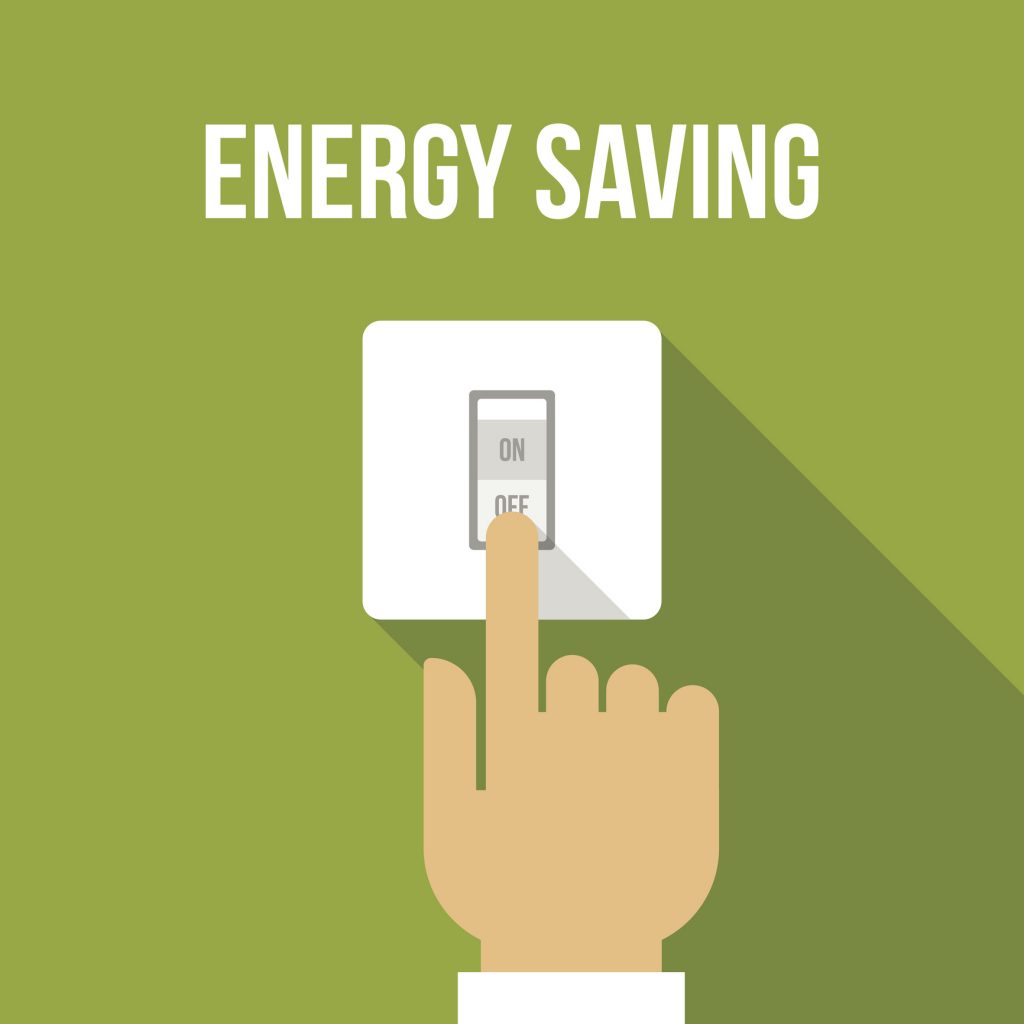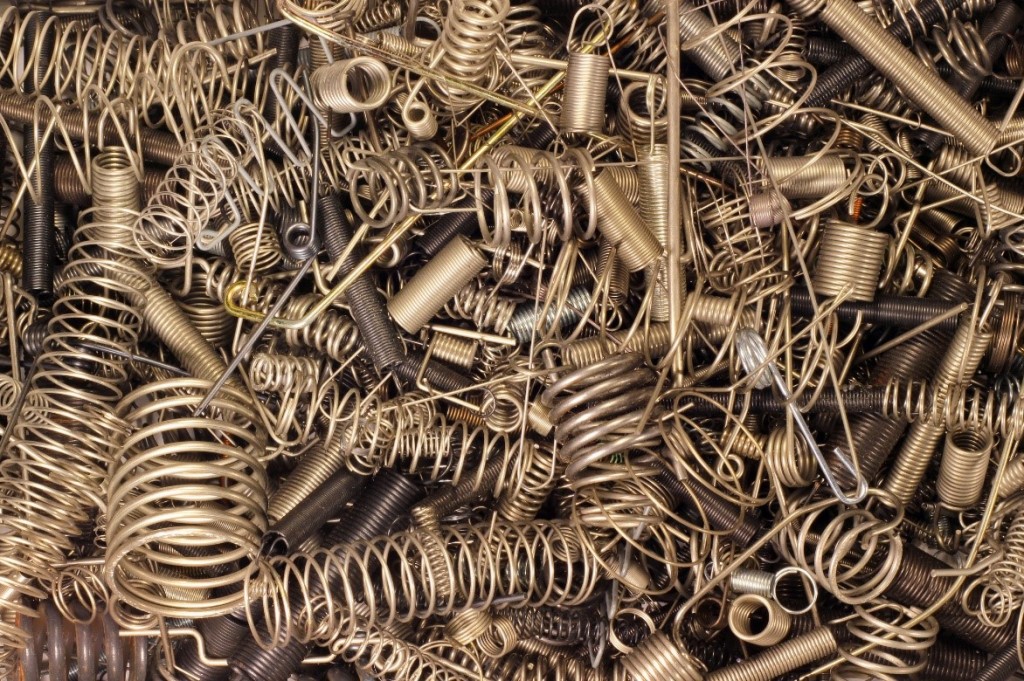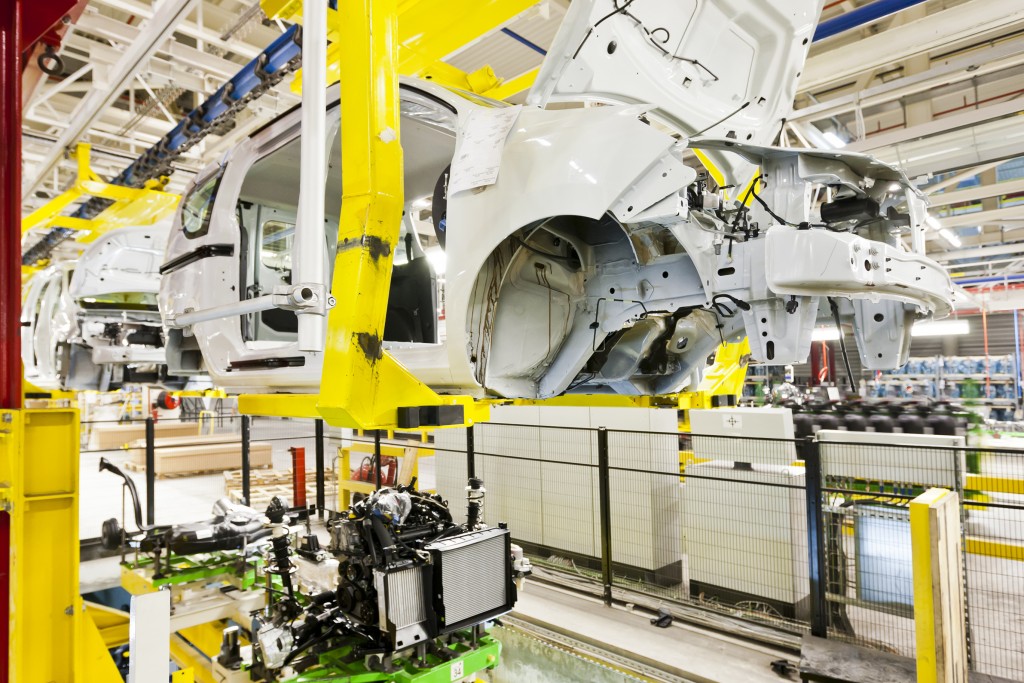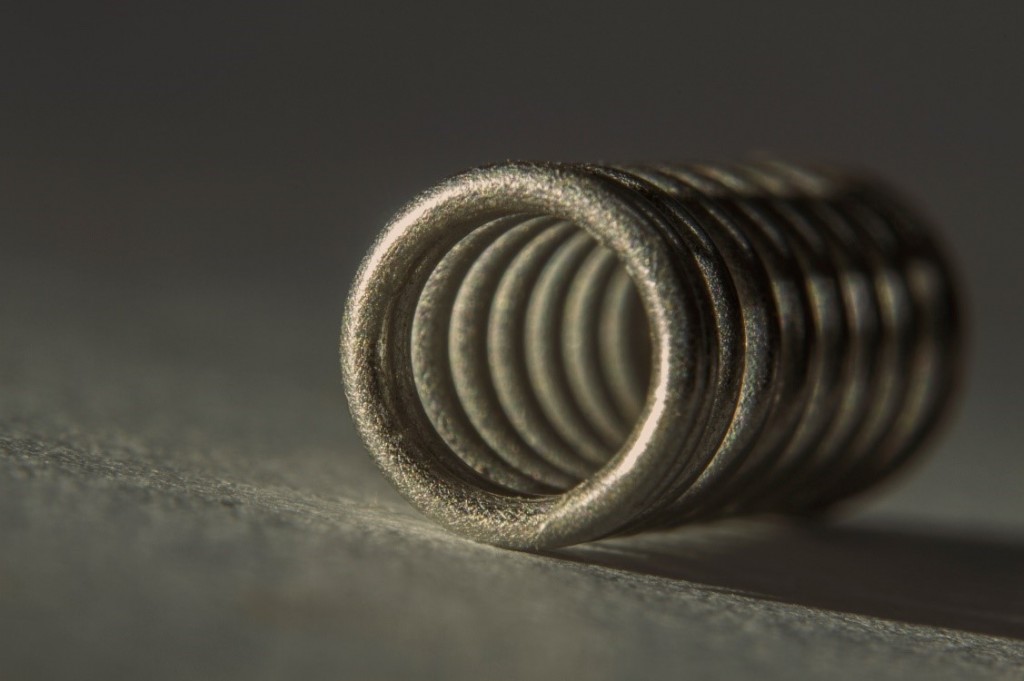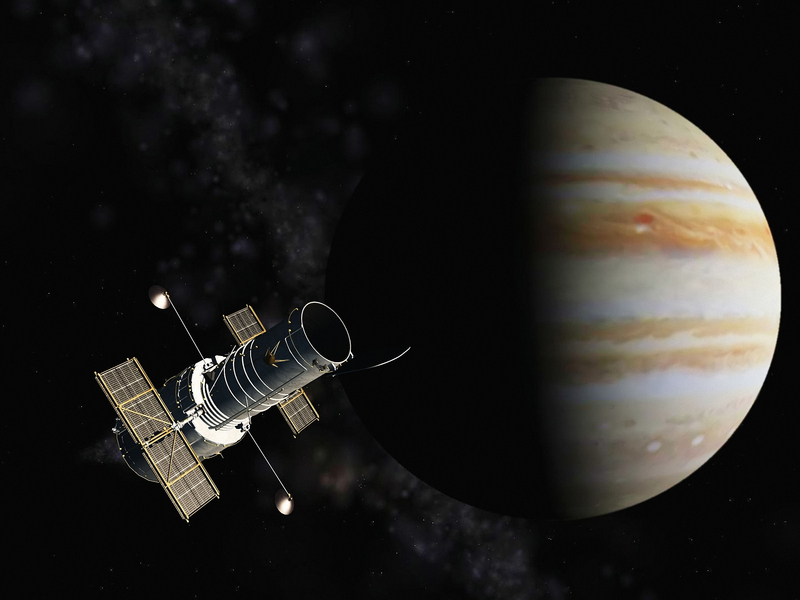The decline of our planet’s overall health and sustainability is a growing problem, and many businesses ask themselves whether they are doing enough for the environment. We think that there is always more that businesses could be doing to reduce their carbon footprint, so instead of trying to find a finish line where you stop thinking about eco-friendliness, we ask that businesses and corporations strive for constant improvement.
In this article, we are tackling the difficult question of how the manufacturing industry in 2019 has been reducing its carbon footprint to become more environmentally friendly. Perhaps you can apply some of these smart ideas to your business?
Improve Your Energy Efficiency
This is, of course, a key aim for any manufacturing business, as reducing energy costs by any means possible leads to a higher profit, but it isn’t always clear how to manage this. To begin with, you need to able to obtain a thorough understanding of your business’ current energy consumption and where that energy is source.
By carrying out an energy audit, you can identify the areas where your business could save money (and the planet’s resources). It may turn out that replacing your overhead lighting could make a bigger difference than you were originally expecting.
Flip the Green Switch
The majority of power plants worldwide still rely on fossil fuels, but where possible businesses should support clean fuels. Britain is working hard to produce more of its energy through solar, wind and geothermal, but we need businesses to support these goals if we’re going to make a difference.
Green energy is more than just sustainable; it’s sensible. Stay ahead of the competition by switching to the technology of the future now.
Careful Planning
With some careful management, businesses can make their time and resources far more efficient. This may involve upgrading your current management system to a program which embraces the internet of things style of approach, whereby huge swathes of your business are quickly monitored and analysed using improved data management technology.
If you start a long-term plan for your change to greener energy, you will be more likely to see staff acceptance of your changes, as well as efficient and worthwhile savings in your company.
Using Recycled Materials
Creating a bigger market for recycled materials will help the recycling industry to grow, so it is important to source and purchase recycled materials where possible. On a similar note, you should also aim to educate your employees on the importance of recycling by carrying out training and sticking to green policies. Ensure that as little of your waste goes to landfill as possible by sourcing companies or charities that will recycle your difficult materials when the government cannot. You may want to start your research by looking into Terracycle; a company which aspires to make the most of difficult plastics and very useful for any company which needs to dispose of a lot of plastic packaging.
Regular Maintenance
This should be standard practice anyway, but keeping your equipment well maintained can add a lot to your business. For example, if you take good care of your machinery, then you may be able to sell it on so it can be re-used once you are ready to upgrade. Good maintenance will also help to prevent the sudden breakdown of your equipment, which can slow progress and output as well as putting tension on the remaining working machinery.
Did you know that when air conditioning units get dusty, they soak up more power? You may have machinery or equipment that functions similarly, draining more power to try to overcome an obstacle and therefore becoming less efficient. This can be avoided or reduced by keeping your company clean to stay green.
Eco-friendly Building Designs
If you’re thinking of moving your business, you should think about moving to an eco-friendly location. Think of the energy costs you could cut back on by moving your staff to a workshop that receives a lot of natural light and uses a sophisticated and efficient heating system.
Education
One of the greatest steps towards an eco-friendly business is giving your staff and employees education in eco-friendliness. Once they know what to look out for and what needs to change, your staff may be able to suggest thoughtful, targeted improvements for your business. It could be little things like arranging a staff carpool or arranging for company recycling boxes, or it could be something bigger and better. Either way, getting your staff working towards a common goal will help with team bonding and could even boost morale.
You should be focusing your business towards a greener future today. We’ve covered some brief examples showcasing how you might improve your output by making it greener, with a lot of emphasis on careful planning and staff involvement across the board. As forward thinking spring manufacturers, we have had a lot of success implementing green initiatives at our premises across the UK, and we’ll be wishing you the best of luck in saving the world with us by going green.
